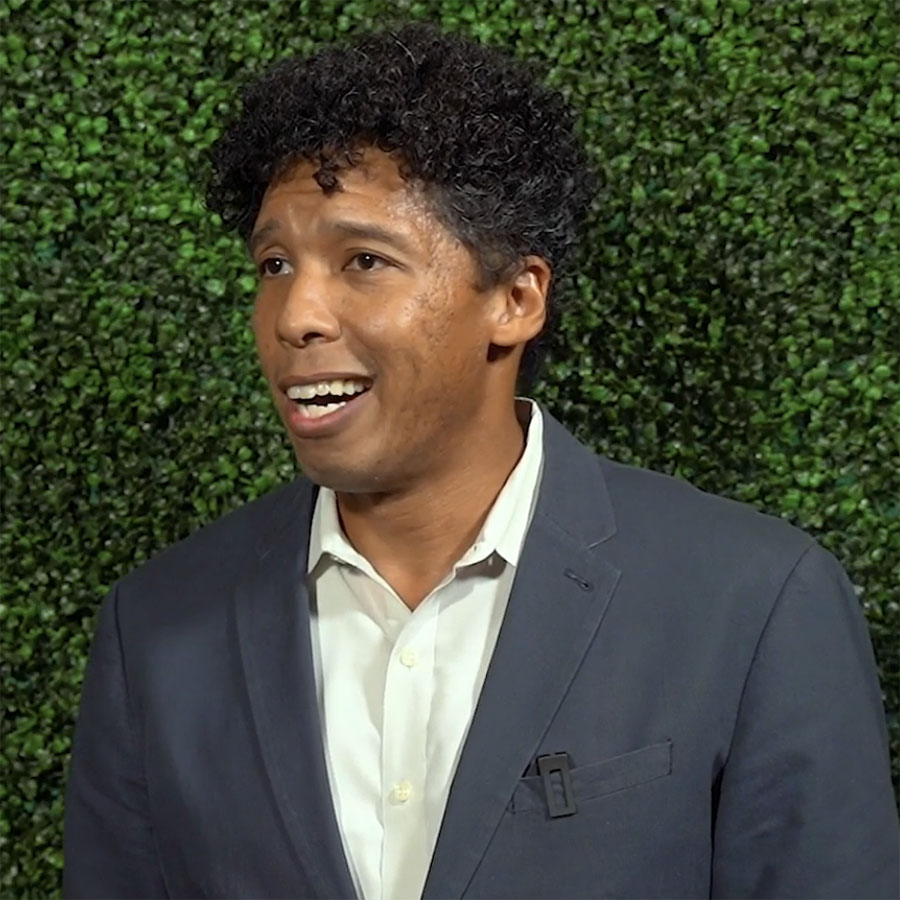By Richard Beckwith, Intel
What is a Smart City? A city that’s smart sounds like a very good thing, much better than the alternative. But despite the appeal, lots of people just aren’t quite clear what a Smart City actually is.
Simply put, Smart Cities enhance the efficiencies of urban systems with networked technology. Smart meters monitor electricity usage as part of a “smart grid,” which in turn enables better integration of renewable energy sources like solar. Smart centralized traffic flow management adapts to real-time traffic conditions to reduce wait times and, consequently, save fuel. Networked sensors monitor aging infrastructure for signs of failure so that maintenance crews can address problems more quickly.
These are undeniably good things, but there’s something to note. To date, these integrated networks have largely been implemented from the top down. But what if Smart City technology could do more than help governments run cities more efficiently? Perhaps focusing solely on optimizing old practices ignores new possibilities that are enabled by these same technologies, possibilities that might improve life for a city’s citizens.
Bottom-up Services for the Smart City
So what might a Smart City for citizens look like? CNT has been at the forefront of figuring that out. Over a decade ago, CNT’s energy practice – which has since evolved into its affiliate Elevate Energy – introduced a program using networked information systems to help with power grid problems. This system provided real-time energy pricing to residents and proved to reduce stress on the power grid while, at same time, reducing energy costs. These same features should be considered anytime someone is building a new “smart grid.”
CNT’s RainReady℠ program includes an “Alert” component that is meant to use sensors and GIS modeling to help communities better plan for flooding. This technology could model the changes that a new development will create or warn residents when rainstorms might cause imminent flooding in their homes. The same system could be used for city workers to learn about infrastructure problems, but unlike in a typical Smart City, services built around this technology could also be used by citizens themselves.
A project Intel is planning with CNT will look at hyperlocal air quality issues. Since air quality has such a major impact on health, there is great need for real-time air quality reporting – imagine young parents needing to choose a path to preschool along which to walk their asthmatic child, or seniors trying to walk to the grocery store. Unfortunately, current air monitoring systems are largely useless. The EPA Air Quality Index (AQI), which many cities and news outlets rely on when reporting urban air quality, is based on sensors likely to be many miles away. EPA’s local Toxics Release Inventory (TRI) only says how much pollution is released, not when those releases will happen.

The goal of our project would be to employ modern and cost-effective sensors for monitoring gases that can be deployed in any neighborhood in America to support pollution avoidance as well as compliance monitoring (both of which are among the functions of the current AQI and TRI).
None of this is to say that current Smart City approaches should be abandoned. They provide important services that have been developed with the city in mind. The real suggestion here is that normal citizens need a smarter city too, and we can build one for them if we only try.
CNT has been in the smarter city business now for nearly four decades. It’s pretty clear where we should look to find what citizens want and need.
 Richard Beckwith is a Research Psychologist in the Experience Insights Lab within Intel Labs. He focuses primarily on education, agriculture, privacy issues and smart cities. He received his Ph.D. from Teachers College at Columbia University.
Richard Beckwith is a Research Psychologist in the Experience Insights Lab within Intel Labs. He focuses primarily on education, agriculture, privacy issues and smart cities. He received his Ph.D. from Teachers College at Columbia University.





 Strengthening Transit Through Community Partnerships
Strengthening Transit Through Community Partnerships